
What is aromatherapy?
Aromatherapy is one of the many forms of alternative medicine. It is defined by the practice to use volatile plant materials, known as essential oils, and many other natural aromatic compounds. The purpose of aromatherapy is to improve one’s health, cognitive function, mood and overall mental status. There is still no definite proof that aromatherapy is actually efficient in treating various medical conditions, but it is beneficial as a method of stress relief. Aromatherapy has different modes of application, including aerial diffusion, direct inhalation and topical applications. Applied topically, for massage, baths or therapeutic skin care, it also improves one’s circulation, relieves muscular pain and promotes the feelings of freshness and vitality.
Aromatherapy through history
The origins of aromatherapy practice can be traced back to more than 3500 BC. In the early days, aromatherapy was used in conjunction with religious, mystic and magic rituals. The ancient Egyptians had a ritual of burning incense to honor their gods. Egyptians also used various herbs and essential oils in a process of embalming and mummification. The most commonly used herbal materials were frankincense, galbanum, cinnamon, cedar wood, myrrh, juniper berry and spikenard. Egyptians also invented perfumes and used herbal oils for skin rejuvenation.
After the fall of Egyptian empire, the practice of aromatherapy continued in ancient Greece, where Asclepius combined the herbs with primitive surgical methods, in 1200 BC. Asclepius was posthumously declared as the god of healing.
Hippocrates, 460-377 BC, also used physical therapies, baths, massage with infusions, and herbal remedies to cure his patients. He studied the properties of more than 200 different herbs, believing that the nature is a god’s pharmacy and that human-induced methods of treatment should be used only as a last resort.
The most prominent of all Greek aroma therapists was Dioscorides (40-90 AD), who described many herbal species native to Greece, Germany, Italy and Spain. His investigations are published in a 5-volume work called 'De Materia Medica', also known as 'Herbarius'.
Claudius Galen, who lived from 129-199 AD, used herbs to heal the wounds of gladiators. It is said that not a single gladiator died of wounds while under the care of Galen.
After the fall of Roman Empire, the Persians continued the research in the field of aromatherapy. The most prominent of all Persian physicians was Ibn Sina (980-1037), who wrote 20 books and 100 treatises on medicine. This knowledge spread to the western world, and today we know that the first English manuscript on herbal medicine was written between 900 and 950. This book is known under the name the Saxon 'Leech Book of Bald'. The aromatherapy continued to evolve as the Crusaders returned from the Holy Wars bringing back rose water, perfumes, aromatics and remedies that were previously unknown.
During the middle ages, medicine was entirely governed by the church, and it was not before 1597 when John Gerard published 'Herball, or General Historie of Plantes', another significant work on herbs.
A French chemist René-Maurice Gattefossé (1881-1950) who studied the medicinal properties of essential oils while working in his family’s perfumery coined the term ‘aromatherapy’.
Today, aromatherapy is considered one of the most subtle ways to fight against the effects of stress and restore the beauty, tranquility and harmony of life.


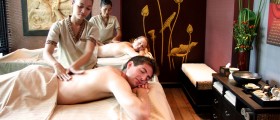


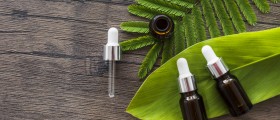

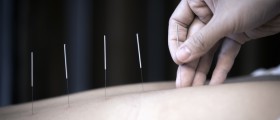
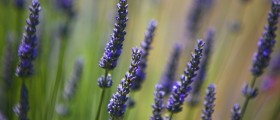

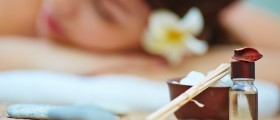


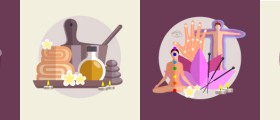
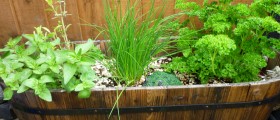


Your thoughts on this
Loading...